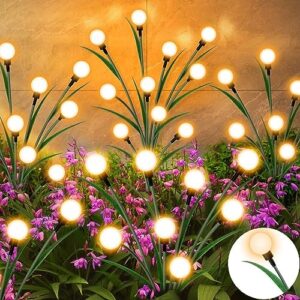In today’s fast-paced and technologically driven society, it’s easy to overlook the importance of nature in our daily lives. We spend most of our time indoors, surrounded by artificial lighting and electronic devices, forgetting the benefits that nature can bring to our overall well-being. One simple and effective way to bring nature into our homes is by incorporating indoor plants into our living spaces.
Indoor plants not only add a touch of greenery and aesthetics to our homes but also offer a host of health benefits that can improve our physical and mental well-being. From reducing stress levels to purifying the air we breathe, indoor plants are truly the secret to a healthier home.
Let’s start with the most obvious benefit of indoor plants – they help to purify the air we breathe. Plants absorb carbon dioxide and release oxygen through the process of photosynthesis, which helps to improve the air quality in our homes. In addition, some plants have the ability to remove harmful toxins and pollutants from the air, such as formaldehyde, benzene, and trichloroethylene, which are commonly found in household products and furniture.
Studies have shown that indoor plants can also help to reduce stress and anxiety levels. The presence of plants in our living spaces has a calming and soothing effect on our minds, helping to create a sense of tranquility and relaxation. Being surrounded by nature can help to lower our heart rate and blood pressure, as well as improve our overall mood and mental well-being.
Furthermore, indoor plants can also boost our productivity and creativity. Research has shown that having plants in the workplace can help to increase concentration, memory retention, and problem-solving skills. Similarly, having plants in our homes can inspire and stimulate our creativity, making us more productive and engaged in our daily tasks.
In addition to the physical and mental health benefits, indoor plants also have aesthetic and practical advantages. Plants can add a pop of color and texture to our living spaces, creating a warm and inviting atmosphere. They can also be used to divide and define different areas within a room, as well as to create a sense of privacy and intimacy.
When it comes to choosing indoor plants for your home, there are a few factors to consider. First and foremost, consider the amount of natural light available in your living space. Some plants require more sunlight than others, so it’s important to choose plants that are suitable for the lighting conditions in your home.
Secondly, consider the level of maintenance required for the plants you choose. Some plants are low-maintenance and easy to care for, while others may require more attention and specific care instructions. Be sure to research the specific needs of each plant before bringing them into your home.
Lastly, consider the size and placement of the plants in your living space. Larger plants can make a bold statement and serve as a focal point in a room, while smaller plants can be placed on shelves, windowsills, or tabletops to add a touch of greenery. Don’t be afraid to get creative with the placement of your plants to enhance the overall aesthetic of your home.
In conclusion, indoor plants are a simple and effective way to bring nature into our homes and reap the numerous health benefits that they offer. From purifying the air we breathe to reducing stress levels and boosting productivity, indoor plants are truly the secret to a healthier home. So why not bring a little piece of nature into your living space today and experience the transformative power of indoor plants for yourself.






